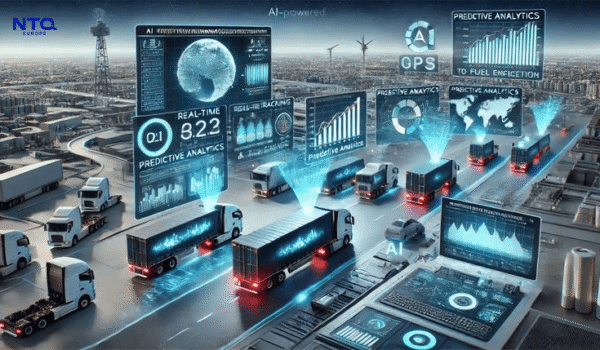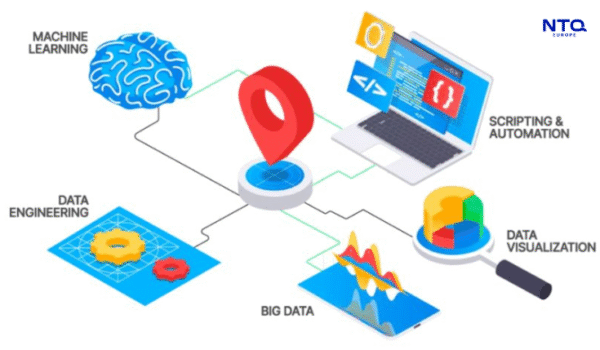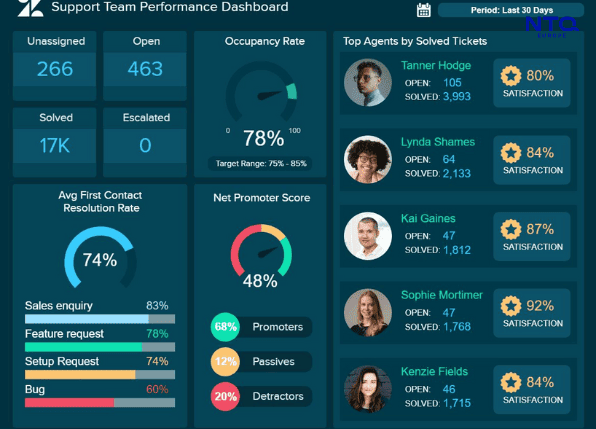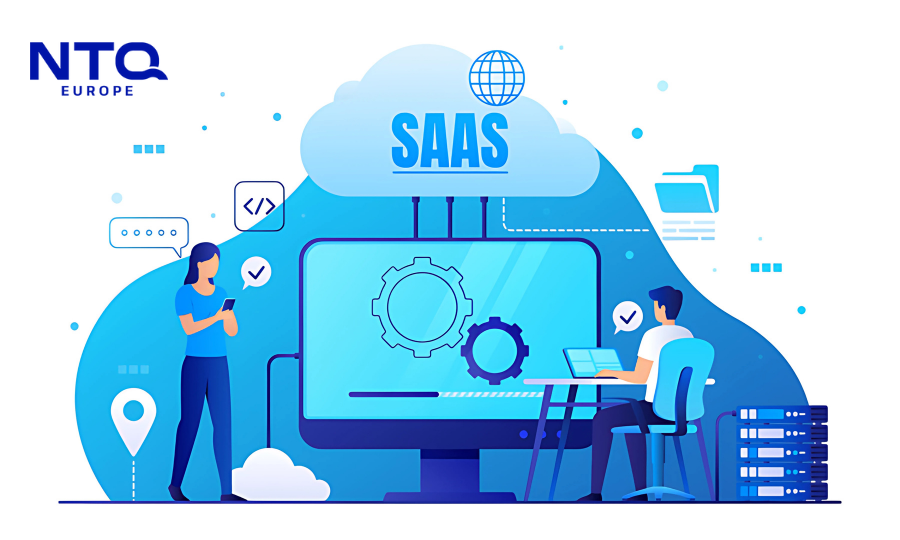Introduction to Route Optimization API
In an era where speed, precision, and sustainability define success in delivery and logistics, the route optimization API has become a core technology. It is a programmable interface that automatically calculates the most efficient routes for vehicles, taking into account various constraints such as time windows, traffic, fuel costs, and multiple delivery stops.

For logistics companies, delivery services, food couriers, and field-service providers, this API is no longer a luxury—it’s a necessity. As customer expectations rise and operational costs soar, businesses are increasingly integrating route optimization API solutions into their platforms to boost performance, reduce waste, and elevate customer satisfaction.
By using advanced routing algorithms, such as those in the Google Maps route optimization API or third-party providers like HERE or Mapbox, businesses can transform their delivery operations from a reactive to a proactive model—driving smarter decisions, real-time rerouting, and data-driven planning.
How Route Optimization API Works
At the heart of the route optimization API lies a set of powerful algorithms designed to solve logistics problems at scale. Most APIs rely on variants of two well-known mathematical models:
- Traveling Salesman Problem (TSP): Finds the shortest possible route to visit all delivery points and return to the origin.
- Vehicle Routing Problem (VRP): Assigns multiple delivery tasks to multiple vehicles while optimizing costs and constraints.
The input for a typical route optimization API includes:
- A list of delivery or service locations.
- Time windows for each location (e.g., “Deliver between 10 AM–11 AM”).
- Vehicle constraints such as capacity, fuel range, or type.
- Road restrictions like no-truck zones or traffic rules.
The output is a detailed, optimized delivery plan:
- Route maps with directions.
- Estimated travel times and costs.
- Driver assignments and vehicle allocations.
- Updates in real-time based on traffic or schedule changes.
Some APIs, such as the Google Maps API route optimization tools, even provide predictive traffic modeling—ensuring that a route planned for 10 AM considers historical congestion trends for that time of day.
Real-time adaptability is one of the most critical elements. When a delivery is delayed, or a new order comes in, the route optimization engine can recalculate in seconds, adjusting schedules and minimizing disruption.
Key Features of a Route Optimization API
Not all route optimization APIs are created equal. Enterprise-grade APIs, especially those targeting large fleets or complex operations, offer an impressive array of features:
- Multi-stop and multi-vehicle planning: The engine can efficiently distribute 100+ delivery points across a fleet of drivers, balancing capacity and constraints.
- Peak hour awareness: Algorithms adapt routes based on rush hour traffic, road closures, or weather.
- Fuel efficiency optimization: By reducing idle time and distance, the API minimizes fuel consumption and operational costs.
- Ease of integration: Most APIs offer REST/HTTP endpoints, full support for JSON, and detailed developer documentation for fast implementation. Some also offer SDKs for Java, Python, or route optimization API C++ integrations.
- Live monitoring and alerts: Track vehicle positions, receive out-of-route alerts, and set up geo-fencing to ensure compliance.
- Analytics and reporting tools: Generate performance dashboards, delivery time statistics, and KPI reports directly from the API data stream.
These features make APIs not only a routing engine but also a full ecosystem for delivery optimization and logistics management.

Benefits of Using a Route Optimization API
The business value of a route optimization API extends far beyond route planning. When integrated effectively, it can have a dramatic impact across operations:
- Cost reduction: Shorter routes, less fuel, and fewer vehicle miles traveled lead to direct cost savings. Companies report savings of up to 30% on logistics overhead after implementation.
- Higher delivery capacity: By optimizing schedules and eliminating inefficiencies, teams can handle more orders per day without increasing fleet size.
- Improved customer satisfaction: Timely, predictable deliveries reduce customer complaints and boost retention. APIs enable accurate ETAs, real-time tracking, and automated updates.
- Sustainability: Optimized routing reduces carbon emissions, contributing to greener supply chains. For companies with ESG goals, this is a significant advantage.
- Scalability: As demand grows, the API scales with it—automatically rerouting and managing new constraints.
With the right configuration, these benefits create a ripple effect throughout the supply chain—from warehouse planning to last-mile delivery—and ultimately impact brand reputation and customer trust.
Integration Considerations for Route Optimization API
Successfully integrating a route optimization API into your system architecture requires more than just connecting an endpoint. It demands thoughtful alignment across back-end systems, data flow, and infrastructure to ensure performance and scalability.
Here are the most important integration considerations:
-
Microservices-friendly architecture:
To support real-time routing and high-frequency API calls, the backend should be built on microservices or modular design. This approach allows independent scaling of the routing module, avoiding performance bottlenecks during high traffic periods.
-
System interoperability:
The route optimization API must sync seamlessly with other enterprise systems:
- CRM platforms (like Salesforce or HubSpot) for customer delivery data.
- ERP systems for inventory, delivery slots, and invoice management.
- Telematics and GPS tracking for live vehicle location data.
-
Error handling and retry logic:
Delivery environments are unpredictable—API timeouts, network failures, or incomplete data can occur. Implementing robust retry logic, timeout thresholds, and fallback procedures ensures uninterrupted operations.
-
Scalability and elasticity:
As the business grows, your route optimization solution should handle increasing orders, drivers, and constraints without latency spikes. This often involves container orchestration (e.g., Kubernetes), queueing systems, and cloud-native scaling.
-
Security and authorization:
Most enterprise-grade route optimization APIs rely on token-based authentication, using OAuth2 or JWT tokens. This ensures secure data exchange, access control, and adherence to compliance frameworks like GDPR—a must for operations in Europe.
Use Cases Across Industries
One of the greatest strengths of a route optimization API is its versatility across industries. Whether it’s logistics, field-service, or food delivery, the API can be tailored to match the specific routing logic and business flow of each vertical.
Logistics and Courier Services
Delivery companies use the API to batch orders into efficient routes—automating planning across dozens or even hundreds of packages per day. Vehicles are assigned routes based on geographic clustering, availability, and vehicle capacity.
The Google route optimization API, in particular, shines here with traffic-aware routing and built-in geocoding.
Field Services (e.g., HVAC, Telecom, Repair)
In field services, the challenge is to schedule technicians to multiple customer appointments with skill matching and tight time windows. A route optimization engine helps plan daily or weekly visits, incorporating factors like:
- Technician expertise.
- Spare part availability.
- Customer availability slots.
The result? More jobs completed per technician, less time spent driving, and better customer service.
Food Delivery and Grocery Transport
Speed is critical in food and grocery delivery. APIs optimize routes based on:
- Cooking or packaging preparation time.
- Live kitchen readiness signals.
- Shortest time to customer, considering perishability and traffic.
Google Maps API route optimization allows real-time rerouting if an order is delayed or canceled, ensuring minimal downtime.
Ride-hailing and Shared Mobility
Ride-sharing platforms depend on dynamic route optimization to match passengers to drivers in real time. APIs are used to:
- Plan shared rides (multi-passenger pooling).
- Optimize pick-up and drop-off points.
- Reduce detours and waiting times.
Some platforms leverage custom routing algorithms or use third-party providers like Mapbox or HERE to maintain performance at scale.
Challenges in Implementing Route Optimization API
While powerful, implementing a route optimization API at scale is not without its challenges. Organizations must be aware of potential roadblocks that can delay success or cause instability.
-
Inaccurate or outdated geospatial data
An API is only as good as the data it uses. In many areas—particularly rural regions or rapidly growing urban zones—map data may be incomplete or outdated, leading to suboptimal routing.
-
Algorithmic limitations at large scale
Solving VRP with many constraints and thousands of stops becomes exponentially complex. Some APIs may struggle or time out if overloaded. This requires hybrid strategies such as clustering or pre-processing routes.
-
Integration complexity
If your system has legacy ERP, manual workflows, or decentralized dispatching, integrating a real-time API may require significant effort—especially if it must sync across different time zones, currencies, or dispatch rules.
-
High licensing costs
Premium APIs like Google Maps route optimization API may charge per request or per transaction, which can lead to unexpectedly high costs during peak seasons. Evaluating cost vs. performance is essential for sustainability.
-
Real-time synchronization challenges
Field conditions change rapidly: traffic jams, driver delays, or last-minute cancellations. If your API or platform cannot process real-time events quickly enough, your optimized routes may become outdated before they are completed.
Choosing the Right Route Optimization API Provider
With so many vendors offering routing solutions, selecting the right route optimization API provider is a strategic decision. Your provider must align with your technical architecture, business scale, and operational priorities.
Here are essential criteria to consider:
-
Advanced algorithmic engine:
Ensure the provider offers strong routing algorithms that can handle complex constraints, real-time changes, and large-scale computations. Providers like Google, Mapbox, and custom platforms using route optimization API C++ engines are known for their speed and accuracy.
-
Low latency and high reliability:
Routing decisions must happen within seconds, especially in last-mile delivery. Look for providers with strong uptime SLAs, edge caching, and region-based data centers.
-
Developer-friendly tools:
An API is only useful if it’s easy to implement. Choose vendors offering:
- Clean and well-documented REST/HTTP endpoints.
- Sample SDKs in multiple languages.
- Test environments or sandbox accounts.
- Clear rate limits, versioning, and roadmap.
-
Customizability and flexibility:
Your API provider should allow:
- Custom routing logic.
- Route prioritization by cost, time, emissions, or distance.
- Dynamic driver and vehicle assignment rules.
- Support and partnership:
Beyond technical capability, you need strong support. Look for vendors offering:
- Dedicated technical support.
- Quick incident resolution SLAs.
- Regular updates and roadmap transparency.
Why Choose NTQ Europe for Route Optimization API Integration
As logistics, transportation, and field services continue to evolve, embracing smart automation through APIs is no longer optional—it’s a strategic imperative. A well-implemented route optimization API empowers your business to make faster decisions, deliver more with less, and delight your customers every step of the way.

Whether you’re looking to integrate the Google route optimization API, optimize routes for your mobile workforce, or scale your delivery fleet with real-time performance insights, the right partner makes all the difference.
NTQ Europe offers not just technical integration, but a full-service experience—from consultation to deployment and continuous optimization—ensuring your business is always moving forward, efficiently and intelligently.
At NTQ Europe, we specialize in helping logistics, transportation, and field-service enterprises across Europe streamline delivery operations through smart route optimization.
Here’s why industry leaders trust NTQ Europe:
-
Proven Expertise Across Routing Platforms
We integrate robust platforms such as the Google Maps API route optimization, HERE Routing API, and Mapbox Navigation, while also offering tailor-made routing engines using high-performance route optimization API C++ logic for latency-sensitive applications.
-
Full Ecosystem Integration
We synchronize routing solutions with your:
- CRM (e.g., HubSpot, Salesforce).
- ERP systems for inventory and fulfillment.
- Telematics and GPS for live vehicle tracking.
- Driver management tools, mobile apps, and dashboards.
-
Real-Time Monitoring and Performance Insights
We empower your operations team with:
- Out-of-route alerts.
- Delivery time deviation reports.
- Performance KPIs by driver, region, or fleet.
-
High-Security Standards & GDPR Compliance
With extensive experience in the European market, we apply:
- OAuth2 and JWT-based authorization.
- End-to-end encryption for all API transactions.
- GDPR-compliant data handling policies.
-
Agile Development and Fast Deployment
We follow a lean and iterative approach, starting with PoCs and MVPs. Our Agile delivery model enables:
- Quick implementation cycles.
- Early validation.
- Flexibility to pivot as your routing needs evolve.
Whether you’re a courier startup or a multinational supply chain provider, NTQ Europe provides a scalable, secure, and future-ready solution tailored to your unique business flows.



















